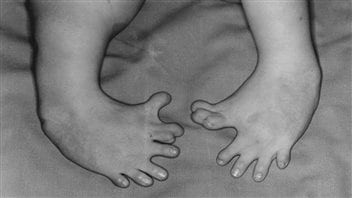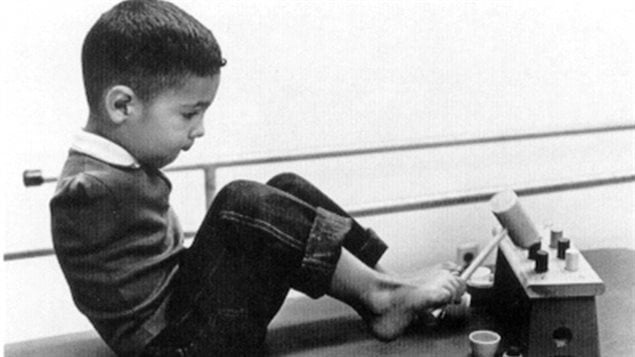The 95 Canadian survivors of the thalidomide tragedy are asking the federal government for financial support as they age, which is adding further hardship to their already very challenging lives.
First synthesized in 1954, by the 1960’s the new drug thalidomide was touted as being a safe sedative treatment for insomnia or morning sickness in pregnant women.
After a connection was made between the drug and severe malformation of babies, it was banned in Europe, Australia and Japan in 1961.
Mercedes Benegbi is the Executive Director of the Thalidomide Victims Association of Canada, a non-profit charitable organization.

In a press release she says, “The living victims of Thalidomide bear a physical and financial burden that is extraordinary and undeserved. By granting our funding request, Canadians and their government will be acknowledging that, in the past, a wrong was done. And, not only will such a wrong never happen again, they can be proud that they have done the best they can to make right to victims of this serious error in judgment and drug regulation.”
A Canadian born and educated doctor working in the US, had held up US approval. Dr Frances Kelsey, now 100, was a young medical officer in the US Food and Drug Administration in Washington. In spite of rlentless pressure from the drug company, she held up approval there citing gaps in the application with little evidence to support it. Thanks to her stubbornness, the US avoided the tragedy of severely deformed babies that struck many onther countries around the world
Canada nonetheless approved the drug and continued its sale despite US non-approval and even after European countries banned it.
Mercedes Benegbi says “Without government funding, most survivors will continue to live a state of never-ending crisis – one that is not only physical, but also financial, and emotional”.
Citing actions in the UK and Germany she says, “Canadian-born survivors will need at least $100,000 a year, on average, plus a lump-sum payment to bring them up to par with their UK brothers and sisters.”
The only direct funding support from the federal government was in 1991, when Health Canada provided a one-time payment of $65,000 on average to each survivor to deal with urgent needs at that time – such as modified cars and lower cabinets in their home. While the victims were grateful for any support, no long term solution was offered. The limited funds that were provided have long been used up







For reasons beyond our control, and for an undetermined period of time, our comment section is now closed. However, our social networks remain open to your contributions.